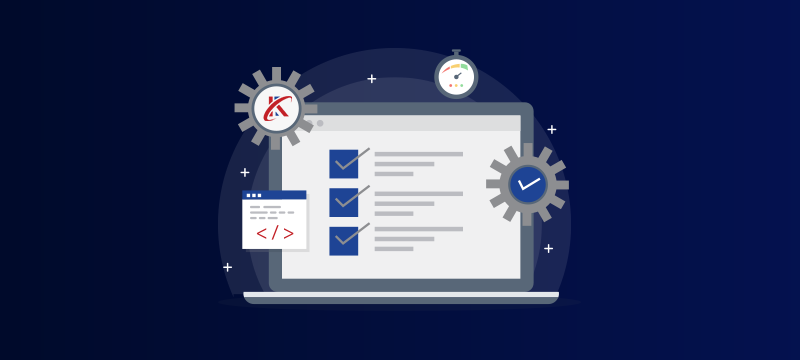Just like your car needs an annual service, it’s also a good idea to give your website an annual check-up. Putting aside time each year to focus on the key areas of your site can benefit in numerous ways, from improving its speed and performance to helping it be more attractive to visitors and customers. Here are seven things we recommend doing during an annual website check-up.
- Fact checking
Companies put a lot of information about themselves on their websites, however, over time, some of that information will change. As a result, what visitors will see will be out of date and inaccurate. One of the first things you should do in an annual check-up is to update any outdated information that you find. Things to check include, the names and roles of employees, the services and products you offer, your pricing and T&Cs. - Content relevancy
Another content-related check that’s worth doing is looking to see that your pages and posts are still relevant to your target audience. If your target audience or their interests and behaviours have changed, it can be helpful to adapt the content so that it still has relevance today. To do this, consider how your target market has changed over the last year and see how you can address any changes by adapting the information you provide. - Consider changing your theme
A theme change can entail a lot of work, so it is not something to be undertaken lightly. However, if the look and design of your website is starting to feel dated it could give visitors a negative impression of your company and put visitors off. Indeed, many people will abandon a website that they consider to be out of touch or ugly within just a few seconds of arriving, which can mean you lose business despite how good your products or services are. - Learn from your top competitors
Regardless of what market you operate in, there will be other companies in your sector whose websites are worth taking a good look at – especially those that always seem to be at the top of the search engine results. By looking at their designs, layouts, features and content, you’ll be able to get a good impression of what the top-ranking sites do that you don’t. This can help you create a to-do list of things to add to your own site to help it achieve the same standards.Besides simply looking at the website, it is also possible to use analytical tools to dig a bit deeper. These can let you know which of your competitors get the most visitors and the keywords that they use to get them. If you know what those keywords are, you may then be able to use them to boost your own ranking and attract more customers.
- Check your security
Cybercrime continues to increase and becoming a victim can have catastrophic effects on your business. Checking that your security is fit for purpose is an essential part of your annual check-up. Make sure you have a web host that defends your site from intrusion and malware; enforce strong passwords and consider using two-factor authentication. You should also check your SSL certificate is valid, filter emails for spam, phishing and malware, and set up automatic updates for your software. If you have a CMS website, e.g., WordPress, you can also make use of powerful security tools like Patchman, that can automate updates and patching while quarantining threats. - Make sure your website works everywhere
Not only do people use different devices to access the internet; they also use a range of browsers. During an annual check-up, you should test how your website displays and works on as many of these as possible. This includes checking the display on laptops, mobiles and tablets and on Chrome, Edge, Firefox and Safari. Remember that a percentage of your visitors will use each of these devices and browsers and that if the website doesn’t work well on any of them, you potentially lose that percentage of sales.When doing a check-up, look at the display and navigation, and test logins, pop-ups, forms, buttons and the checkout to see that they function as they should.
- Assess your hosting
The quality of your web hosting is vital to the success of your website. A good host ensures your site stays online, loads quickly and is secure, while providing 24/7 technical support in case you run into problems and need assistance getting them fixed. If your host isn’t delivering on these essential needs, then it might be time to consider moving to a new one.Another thing to consider is whether your hosting solution is still good enough for your website. If you have a lot more web content or are getting much more traffic, your current package might not provide all the resources your website needs to perform at its best. If this is the case, you may want to consider upgrading to a more powerful solution, like VPS, dedicated server or cloud.
Conclusion
Over the course of a year, lots of things can change for a website. The seven-point check-up suggested above looks at everything from your content to your hosting, to ensure your site is up to date, relevant, secure and performs at its best for the following twelve months.
If you are looking for fast, reliable, and secure hosting, visit our homepage.

